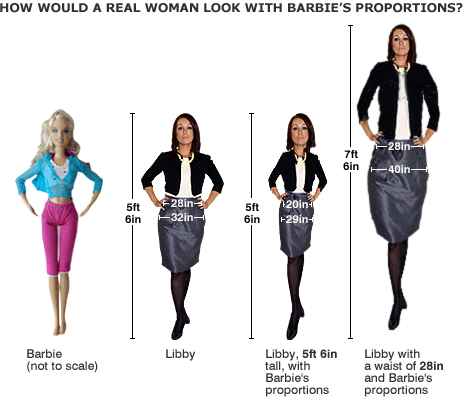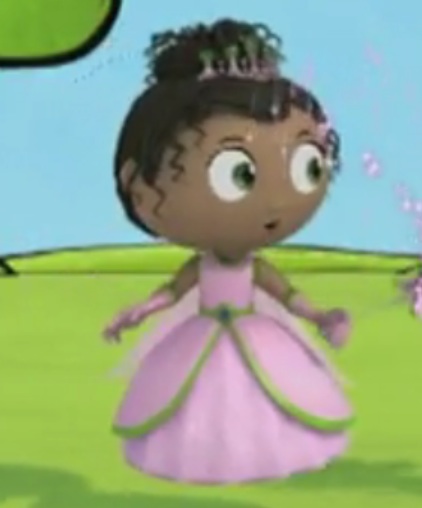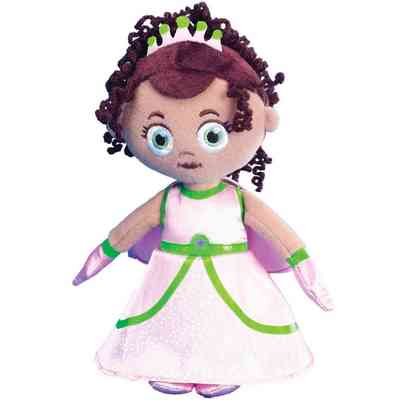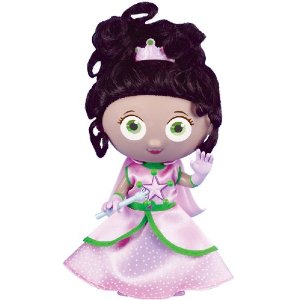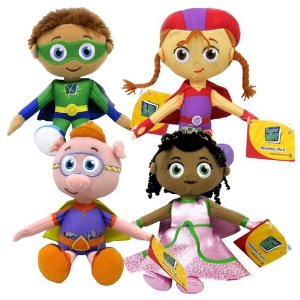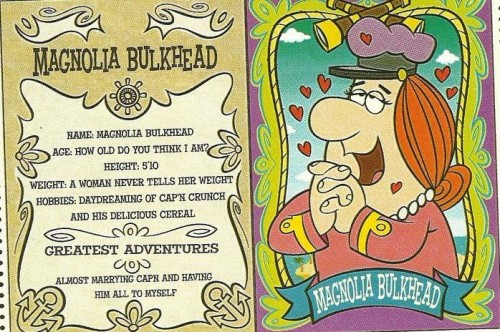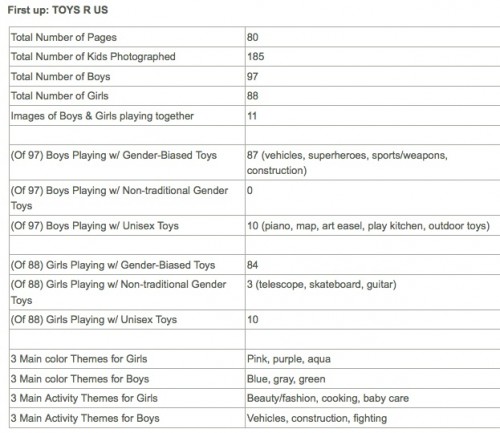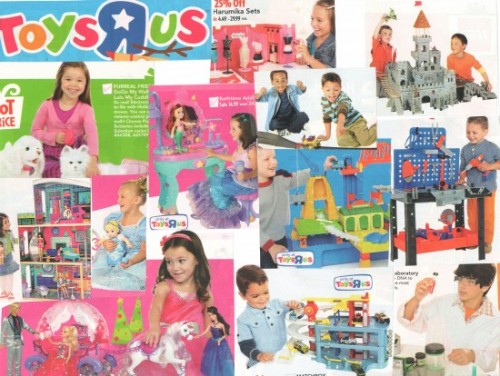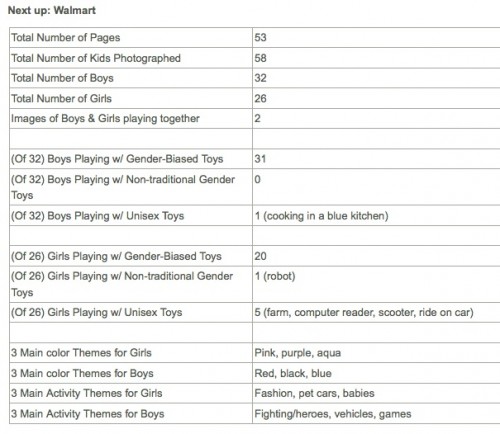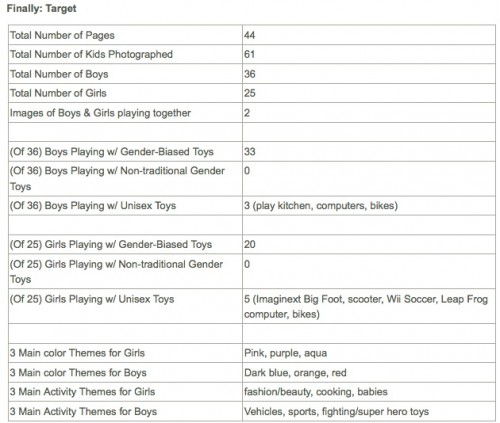Yesterday, a woman I know who moved to the U.S. as an adult mentioned that she was struck by portrayals of mother-daughter relationships in the U.S. Representations of such relationships on TV, in movies, and regular conversation indicate that especially when daughters are in their teens and 20s, we practically expect their relationships with their moms to be fraught with conflict and difficulty (and the attendant eye-rolling and yelling), and for teens to be disrespectful and to find their parents intolerable. While she had certainly known individuals in Ecuador who didn’t get along with their parents, she felt that in the U.S. we almost cultivate conflict, making it seem like a normal aspect of child-family relationships in general rather than a characteristic of some individual families and culturally sanctioning the open expression of frustration with one’s parents as acceptable, even healthy.
I thought about that when I saw a commercial sent in by Livia A. for the video game Dead Space 2. Here’s a behind-the-scenes video released as part of the ad campaign; the entire selling point is the idea that your mom will hate it:
It’s a great example of this social construction of child-parent relationships as at least somewhat antagonistic: what kids love, parents hate, and parents hating it proves it’s awesome. Telling young people “your parents will be disgusted by this” becomes an automatic selling point. And this idea of how people relate to their parents (in this case, mothers specifically) is presented as an essential, permanent fact: “A mom’s disapproval has always been an accurate barometer of what is cool.”
But of course, this isn’t an inherent property of family life across human history. It largely rests on the invention of adolescence and young adulthood as distinct life stages in which we expect individuals to act differently than children but not quite like full-fledged adults yet, and the assumption that a normal part of this is to struggle to separate from your parents as you try to establish your own identity. Parenting norms today expect parents to accept teen/young adult rebellion and continue loving (and supporting) their kid anyway; you don’t get to withhold resources and affection if you think they’ve been disrespectful. And with the increased visibility of youth culture, we expect kids will find their parents terribly uncool and will see peers, rather than family members, as the proper judges for what they should like. Together, these cultural norms both make it relatively risk-free to take open joy in horrifying your parents and trivializing their values, since there’s little chance they’ll disown or abandon you for it and make young people who do like the same things as their parents seem weird.
I suspect some of our readers may have an interesting gender analysis, as well, what with the emphasis in this video on moms from “conservative America”, while the entire behind-the-scenes crew is made up of young men. While I can imagine an ad that might say “Your dad will hate it,” I don’t think that would work as well here, given that part of the desired reaction was a disgust at the level of violence and gore, something we assume women are more uncomfortable with than men.


